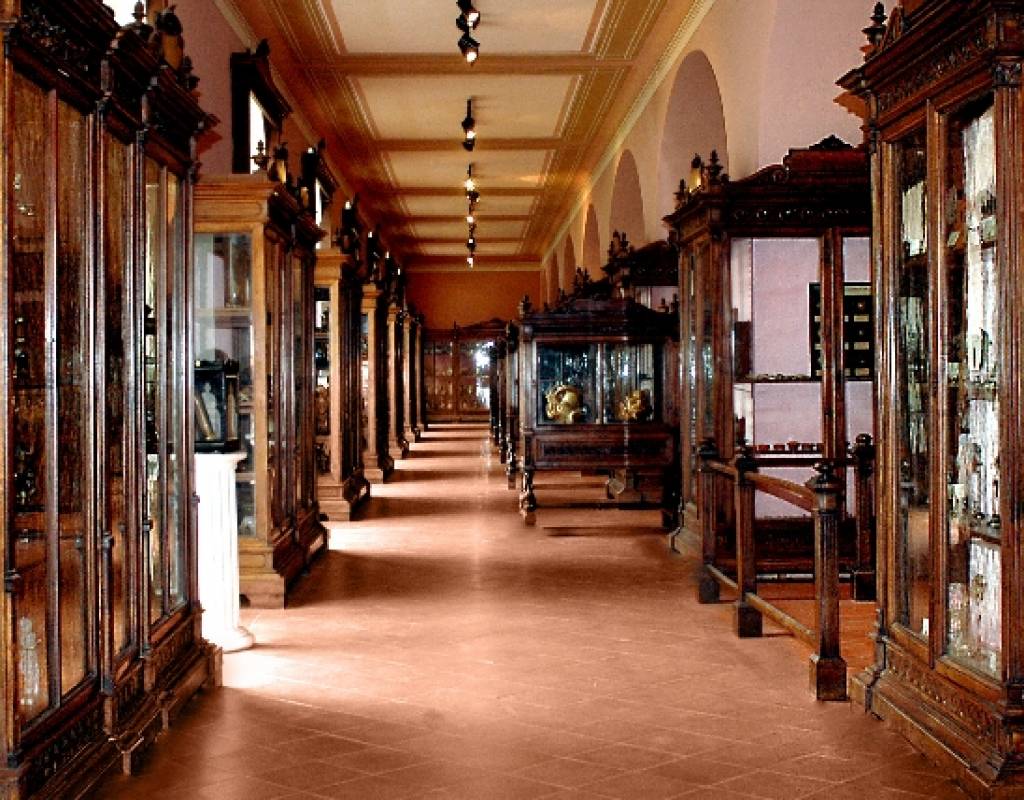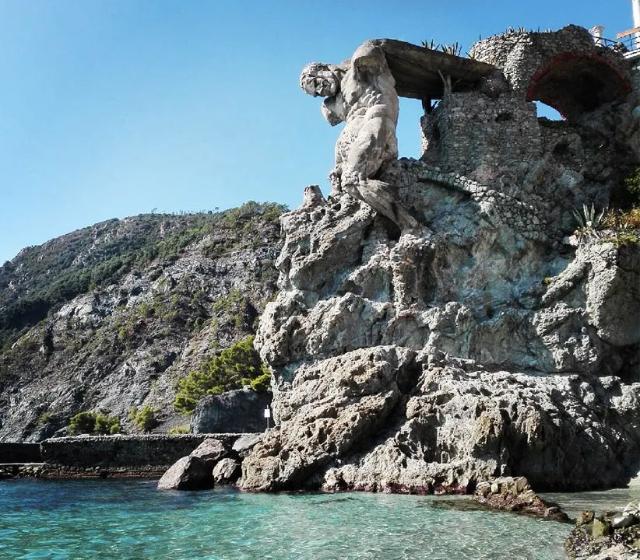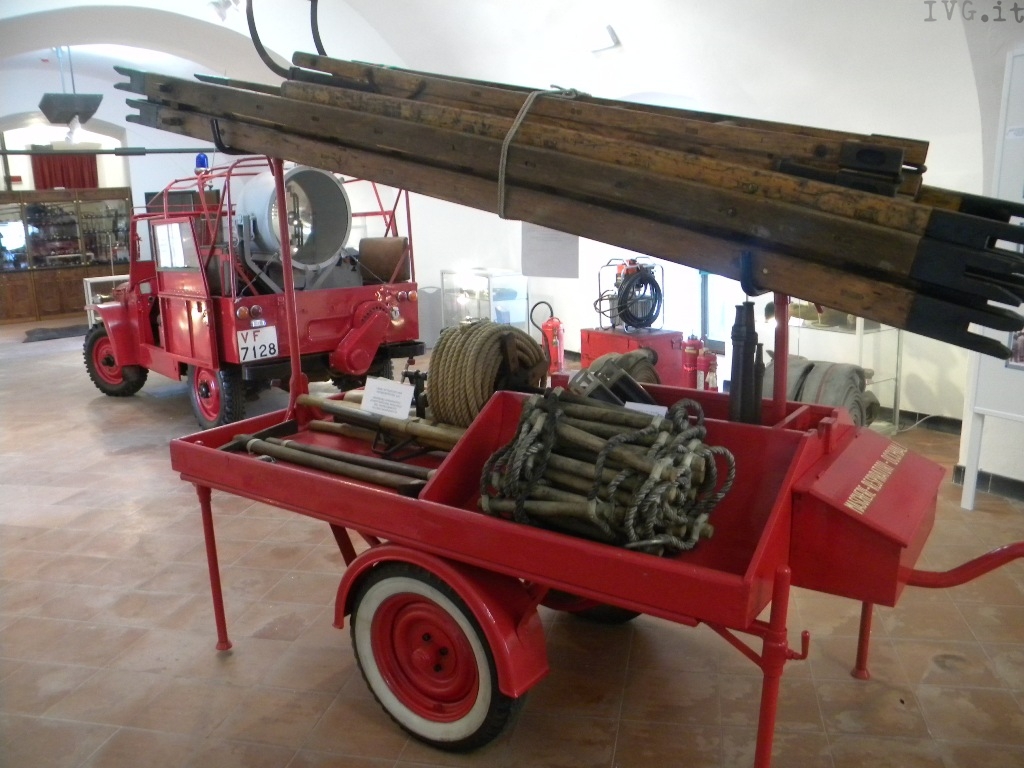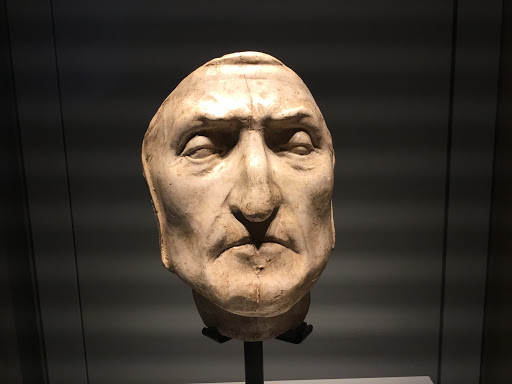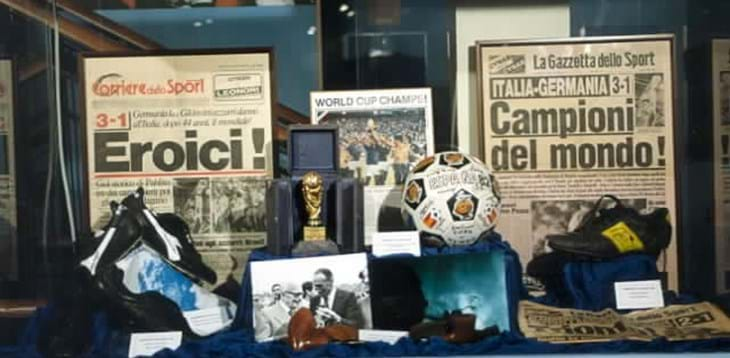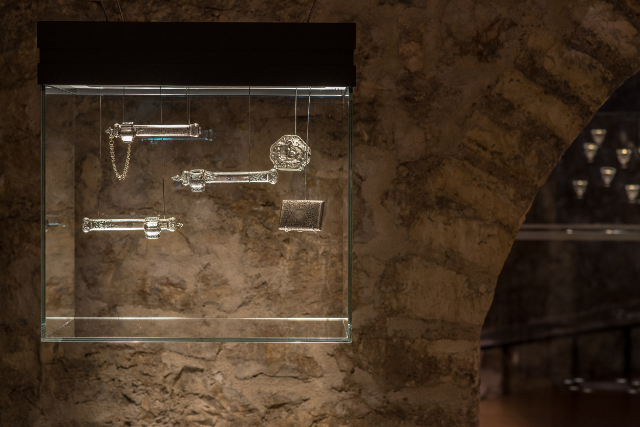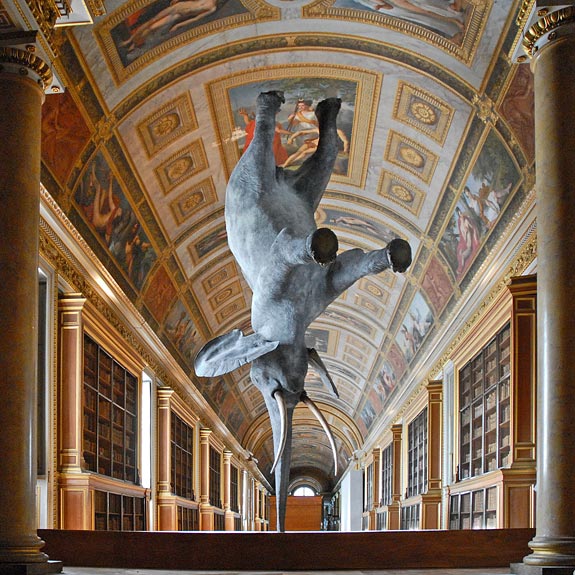Remained closed for more than 30 years on March 14, 2016, it reopened its doors.
The Anatomical Museum of the Second University of Naples (SUN) is one of the most interesting and oldest scientific institutions in the field. Today it is part of SUN’s MUSA (university museum center) along with the Pharmacological Museum, university museum archives, Pharmacology, Stomatology, Bibliography and Art sections.
The museum collections of the Museum of Anatomy derive from both the ancient collections of historic Neapolitan hospitals and those of the naturalists’ cabinets of the sixteenth and seventeenth centuries.
The Museum has very important and rich collections that also include instrumentation such as anatomical instruments, microtomes, microscopes, scales, micromanipulator, etc., which make it possible to document the evolution and achievements of medicine in different eras.
The museum began to take "shape" thanks to the work of Giovanni Antonelli, professor of anatomy from 1870 to 1914, who arranged the exhibit in its current location in the convent of Santa Patrizia. The museum reopened in part in 1997 after years of closure following the 1980 earthquake, but admission was restricted to insiders.
The anatomical waxes, those related to petrifications, Indian trophies, skeletal collections, and fetal monstrosities are famous from the museum.
Very important is the Pharmacology section, which preserves a vast amount of artifacts and equipment testifying to the development of scientific research, in general, and pharmacology, in particular.
